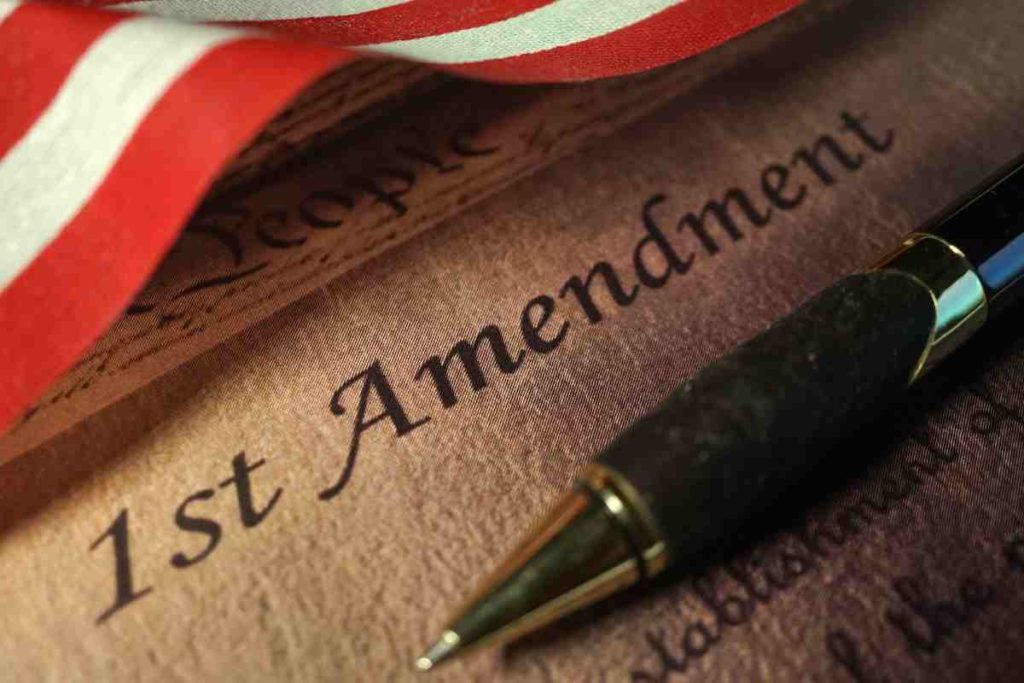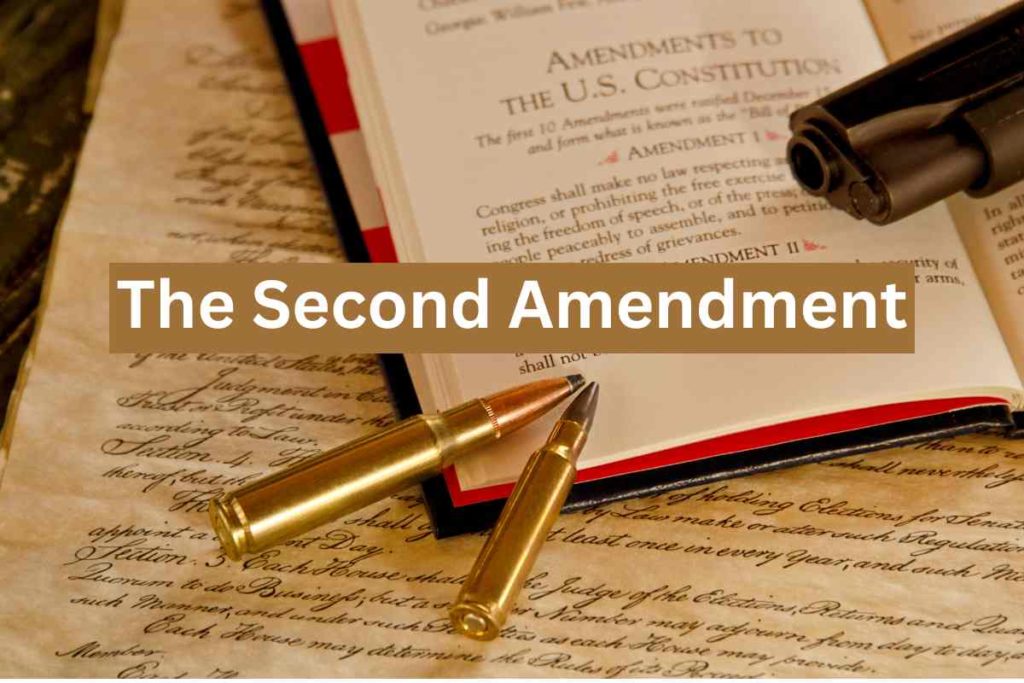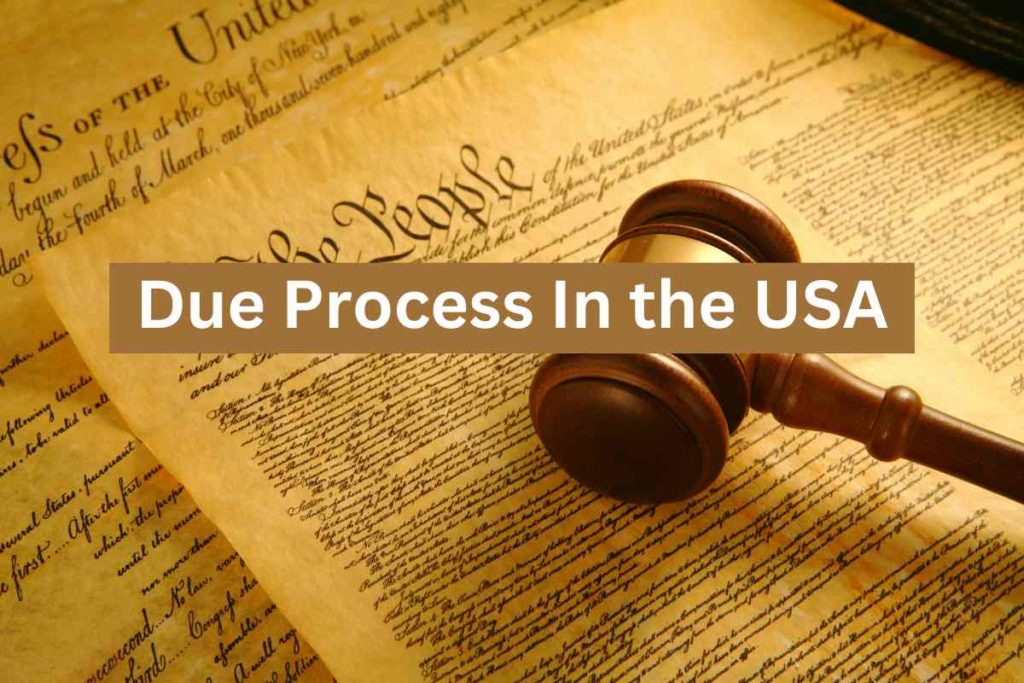The First Amendment, a cornerstone of American democracy, guarantees fundamental rights such as freedom of speech, religion, press, assembly, and petition. As part of the Bill of Rights, the First Amendment shapes the United States’ cultural and political landscape. This blog post delves into this vital constitutional law’s origins, implications, and ongoing challenges.
The Origins of the First Amendment
The Founding Fathers’ vision
-
- Protecting individual liberties from government interference
- Encouraging open discourse and debate
- Promoting the democratic process
The English roots of the First Amendment
-
- The influence of the Magna Carta and the English Bill of Rights
- The evolution of free speech and press in England
The ratification of the Bill of Rights
-
- The Role of James Madison in Drafting the First Amendment
- The ratification process and the birth of the Bill of Rights in 1791
The Five Freedoms of the First Amendment
Freedom of speech
-
- The Marketplace of Ideas: fostering diverse opinions and Truth-seeking
- Limitations and exceptions: incitement, obscenity, defamation, and fighting words
- Hate Speech and the First Amendment: the fine line between protected and unprotected speech
Freedom of religion
-
- The Establishment Clause: prohibiting government endorsement or inhibition of religion
- The Free Exercise Clause: protecting the individual’s right to practice or abstain from religion
- Landmark cases on religious freedom: Reynolds v. United States, Everson v. Board of Education, and Employment Division v. Smith
Freedom of the press
-
- Prior restraint and censorship: the government’s limited ability to regulate published content
- Press freedom in the digital age: addressing new challenges in journalism and media
- The Role of the media in a democracy: informing the public and holding the government accountable
Freedom of assembly
-
- The right to protest: a tool for expressing grievances and advocating for change
- Time, place, and manner restrictions: balancing public safety with First Amendment rights
- The Role of assembly in social change: historical and contemporary examples
The right to petition
-
- A History of Petitioning: its roots in England and Colonial America
- Petitioning in the modern era: online petitions, lobbying, and grassroots movements
Landmark First Amendment Cases
Schenck v. United States (1919)
-
- The “clear and present danger” test and limitations on free speech during wartime
New York Times Co. v. Sullivan (1964)
-
- The importance of actual malice in defamation cases involving public figures
Brandenburg v. Ohio (1969)
-
- The “imminent lawless action” test and the protection of inflammatory speech
Tinker v. Des Moines Independent Community School District (1969)
-
- The Protection of Students’ symbolic speech in public schools
Citizens United v. Federal Election Commission (2010)
-
- The ruling that corporations and unions can engage in political spending as a form of free speech
First Amendment Controversies and Challenges in the 21st Century
The Impact of social media on free speech
-
- The Role of private companies in regulating speech
- The debate over content moderation and censorship
The debate over free speech on college campuses
-
- The balance between open discourse and maintaining a safe learning environment
- The rise of disinvitation culture and its Impact on academic freedom
Balancing national security and First Amendment rights.
- The Impact of the USA PATRIOT Act and other legislation on civil liberties
- The ongoing debate over government surveillance, whistleblowers, and the freedom of the press
First Amendment Rights in Everyday Life
The Role of the First Amendment in public spaces
-
- Free speech zones and their implications on expressive activities
- The debate over controversial symbols, such as the Confederate flag
The First Amendment in the workplace
-
- Employee rights to engage in political speech and activities
- Limitations on employer retaliation for protected speech
The First Amendment and education
-
- The Role of free speech in fostering critical thinking and open debate
- The balance between academic freedom and institutional policies
The Future of the First Amendment
Emerging challenges and opportunities
-
- The Impact of technological advancements on the First Amendment landscape
- The ongoing struggle to adapt constitutional principles to modern issues
Preserving the spirit of the First Amendment
-
- The importance of civic education and awareness in upholding constitutional rights
- The Role of the judiciary and public advocacy in safeguarding First Amendment freedoms
Conclusion
The First Amendment remains a vital aspect of the United States Constitution, protecting the core values of freedom and democracy. By understanding its history, implications, and challenges, we can better appreciate its Role in shaping American society and ensure that these fundamental rights continue to be upheld for future generations.


